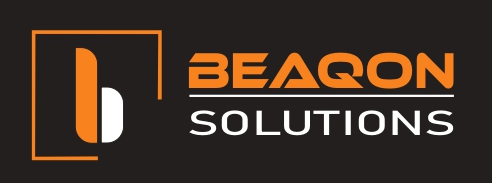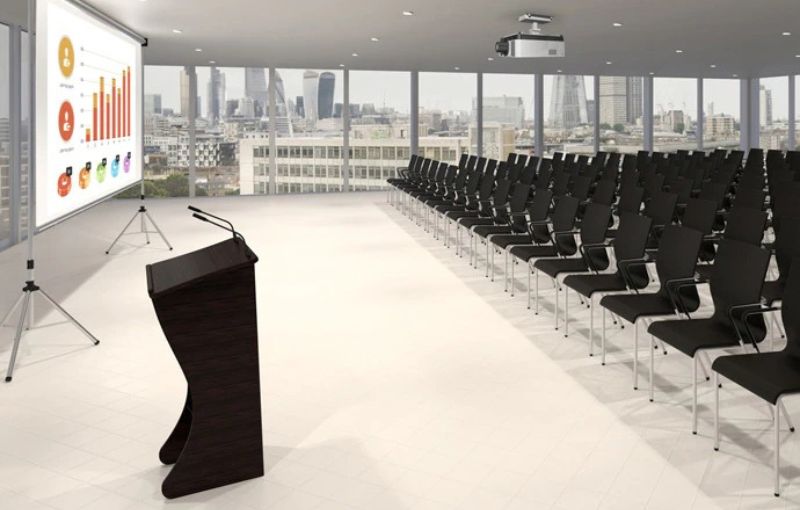Engage your audience with immersive presentations in conference rooms, meeting rooms, classrooms, and many more
A business projector can make meetings run more smoothly, presentations jump off the screen, and even dull stats are vibrant and engaging. But choosing the right projector for you involves looking at both your needs and the right technical capabilities to fit those needs. In our in-depth guide below, we go over how to assess your projector needs and then identify the best ways to choose the perfect device for your business.
Choosing the right business projector could be the difference between having a great meeting or a total disaster. We all know that projectors offer a cost-effective way to enhance business meetings, and knowing display requirements is the most helpful way to ensure a good fit. A quality light source, providing lasting performance, will improve your ability to effectively deliver business presentations for years to come.
While buying a projector you will also want to consider some key specifications which affect projection quality, including:
Projection Technology
Colour Processing Technology
Resolution
Contrast Ratio
Brightness
Aspect Ratio
Audio
Projectors help optimize your processes in a number of different ways but at the heart of it is the fact that they allow people to share information faster, communicate better, and collaborate with ease.
If you work with people in remote locations on a regular basis, be it, remote employees or contractors, other branches of the same business, or even clients – at some point you’re going to have to communicate with these people
The advantages projectors provide to businesses include
Easy on the Eyes
Because flat-screen displays are typically smaller and brighter than a projected image, they tend to be harder on the eyes. Projected images, with their lower brightness and larger image sizes that fill a larger percentage of the visual field, can help reduce eyestrain and fatigue.
Image size
Projectors deliver much larger images than possible with a flat-screen display. Depending on room size and lighting, many projectors are capable of projecting an HD image up to 300 inches diagonally, whereas LED displays have a fixed screen size. And, as noted above, the cost to project the standard 60 to 80-inch screen size found in most offices is considerably less than it would be to purchase a comparably sized display.
Lower overall cost
Projectors offer the best value in terms of cost per screen inch, even when factoring in the cost of replacement lamps and a projection screen. Large-screen LED displays are significantly more expensive.
Viewing angle
LED displays look great to attendees seated directly in front of them, but for those seated at an off angle, the image can be compromised. Projected images stay true regardless of the viewing angle.
Space-savings
Paper-thin projector screens and a ceiling-mounted projector take up less space than a large screen display. Additionally, projector screens can be easily retracted, rolled up, and stored away when you want them out of sight.













Associated Brands
Associated Brands











